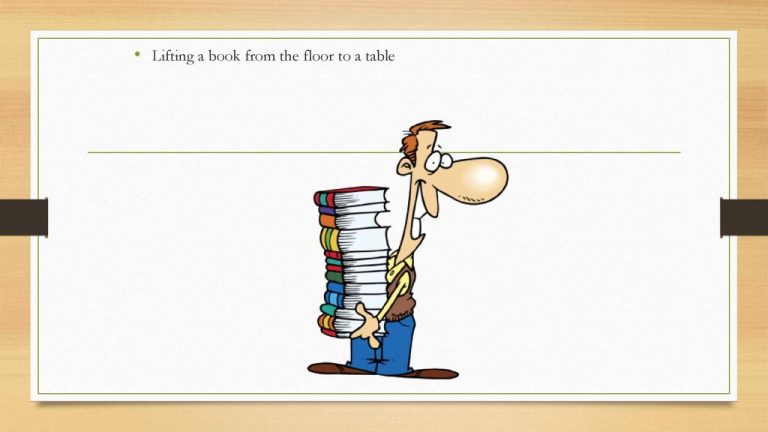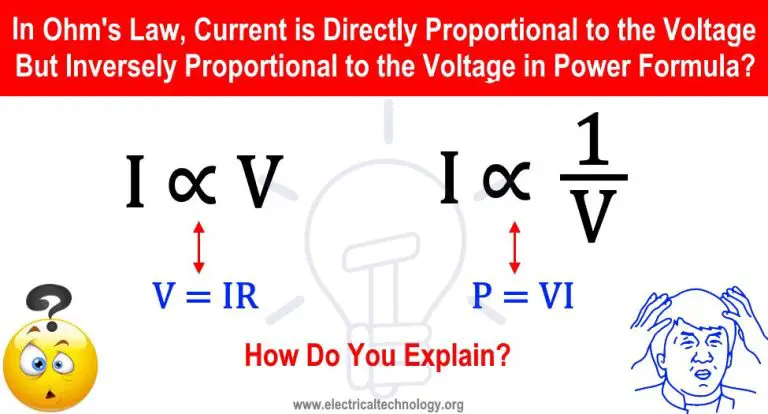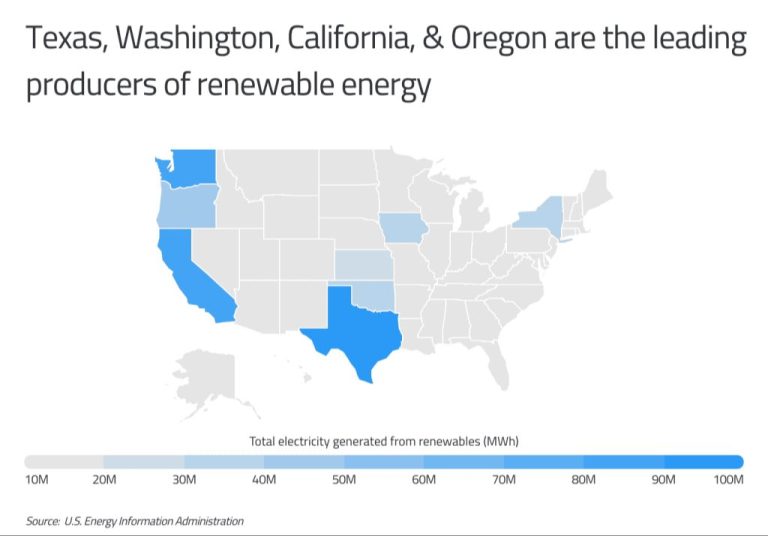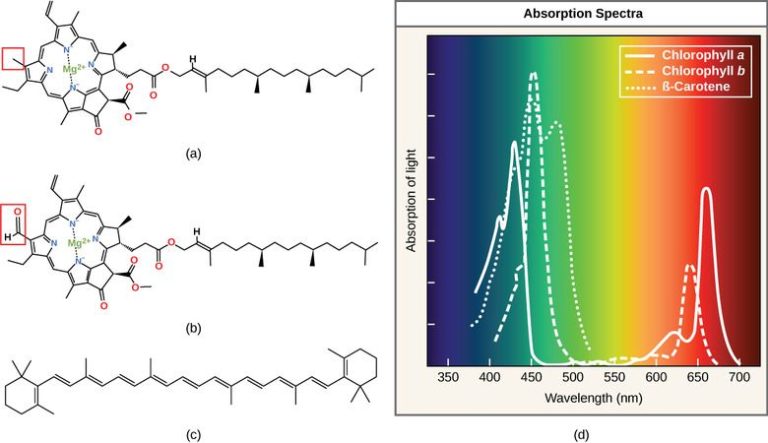What Is The Power Circuit?
A power circuit is an electrical circuit designed to provide and distribute electrical power. It contains components that regulate, control and convert electric currents and voltages for useful applications.
The key components of power circuits include voltage sources, wiring, switches, resistors, inductors, capacitors, diodes, transistors and integrated circuits. These components work together to provide stable, regulated power to electronic devices and systems.
Power circuits are essential in almost all modern electrical devices and systems. They enable the reliable and efficient delivery of electricity to power motors, appliances, computers, vehicles, factories, infrastructure and more. Well designed power circuits are crucial for power generation, transmission and distribution.
Voltage
Voltage is one of the fundamental components of an electrical circuit and refers to the potential energy difference between two points in a circuit. It is measured in volts and represents the “pressure” that pushes electrons through a circuit. Voltage drives the electric current in a circuit.
In analog circuits, the voltage can vary continuously over time. In digital circuits, voltage is either on or off, representing the 1s and 0s used in binary computing. Voltage levels in digital circuits are usually around 5V or 3.3V.
Higher voltage levels allow more power to be delivered to components in a circuit. However excessive voltage can damage components. Therefore, voltage regulation is an important consideration in power circuit design.
Current
Current is defined as the flow of electric charge. It refers to the rate at which electric charge passes through a point over time. Current is measured in amperes, often shortened to amps. An ampere is equal to 1 coulomb of charge passing through a point per second.
Current, voltage, and resistance are interconnected according to Ohm’s law. Voltage is the potential energy required to move electric charges between two points. The greater the voltage, the more potential energy available to move charges. Current is the rate at which charges actually flow when voltage is applied across a conductor. Resistance opposes the flow of current. For a given voltage, higher resistance leads to a lower current. Likewise, for a given resistance, higher voltage leads to higher current flow. Therefore, current is directly proportional to voltage, but inversely proportional to resistance.
Resistance
Resistance is the property of materials that impedes the flow of electric current. Resistance is measured in units called ohms, represented by the Greek letter omega (Ω). Materials with low resistance allow electricity to flow easily, while materials with high resistance restrict electric current.
Resistors are components designed to provide a specific amount of resistance in a circuit. They are usually made of materials like carbon or metal oxides that have stable, known resistance values. Resistors can reduce current flow, limit voltage, dampen oscillations, divide voltages, and terminate transmission lines. Common types of resistors include fixed, variable, metal film, wire wound, and surface mount.
The resistance of a material depends on its dimensions and the type of material it is made of. Resistance is directly proportional to the length of the conductor and inversely proportional to its cross-sectional area. Materials like silver and copper have very low intrinsic resistance, while rubber and glass have very high intrinsic resistance.
Resistance is a vital aspect of electrical circuits and electronics. It allows current and voltage levels to be controlled in a precise manner. Resistors are one of the most basic passive components used in all types of circuits, from small signal electronics to large power systems.
Power
Power refers to the rate at which electrical energy is generated or consumed in an electrical circuit. It is measured in watts (W), and is represented by the letter P. Power can also be measured in larger units like kilowatts (kW) or megawatts (MW).
Power is calculated by multiplying the voltage (V) of the circuit by the current (I) flowing through it. This relationship is described by the formula:
P = V x I
Where P is power in watts, V is voltage in volts, and I is current in amperes.
Intuitively, power makes sense – the higher the voltage or current, the more power is being used. Power depends on both voltage and current – you can’t have power without both. For example, a circuit with high voltage but negligible current will have very little power. Similarly for a circuit with high current but low voltage.
Power is important in electrical engineering because it represents the rate of energy transfer and work done by a circuit. Components like resistors dissipate power as heat, while devices like motors and light bulbs convert input electrical power into useful output power.
Capacitors
Capacitors are passive electronic components that store electric charge. They consist of two conductive plates separated by an insulating dielectric material. When connected to a DC voltage source, capacitors will charge up and block further current from flowing. However, when connected to an AC voltage source, capacitors will pass alternating current through.
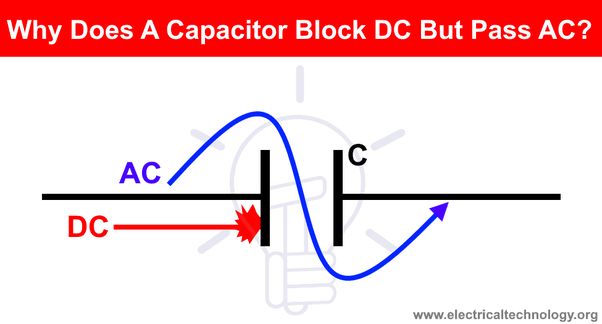
Capacitors have several key properties and applications:
- They can store electric charge and energy in their electric field.
- They block direct current (DC) while allowing alternating current (AC) to flow.
- They are used for filtering signals, tuning radios, timing circuits, and power conditioning.
- Larger capacitors are used for energy storage and power banks.
- Variable capacitors are used for tuning and capacitive sensors.
In summary, capacitors are a fundamental component of electric circuits, enabling energy storage and AC coupling. Their ability to pass AC while blocking DC makes them indispensable for filtering, timing, tuning, and many other applications.
Inductors
Inductors are passive electronic components that store energy in a magnetic field. They consist of a coil of wire wrapped around a core made of a magnetic material such as iron. When current passes through the coil, a magnetic field is created around the inductor. This magnetic field stores energy.
One of the key properties of an inductor is that it resists changes in current by inducing a voltage in the opposite direction. This is known as inductance. So when the current through an inductor increases, the inductor creates a voltage that opposes the change in current. And when the current decreases, the inductor generates a voltage in the same direction as the change in current, again resisting the change.
This property causes inductors to block alternating current (AC) signals while allowing direct current (DC) signals to pass through. The AC signal constantly changes direction and the inductor continuously fights these changes. However, with DC the current remains steady in one direction so the inductor does not impede it.
Inductors are used extensively in electronic circuits. Some common applications include:
- Smoothing out power supplies by blocking ripples in the DC output
- Tuning radios to select different broadcast frequencies
- Balancing and matching impedances in high-frequency circuits
- Storing energy in switched-mode power supplies
- Delaying electrical signals in timing circuits
Inductors allow circuits to respond differently to AC and DC signals. Their ability to store energy in a magnetic field makes them essential components in many electric and electronic systems.
Transistors
Transistors are semiconductor devices that are used as switches or amplifiers in electronic circuits. They play a crucial role in the power circuit by controlling the flow of electrical current.
Transistors function as semiconductor switches that can be turned on or off by applying a small voltage. This switching action allows transistors to amplify signals, switch higher voltages and currents, and serve as the fundamental building blocks of digital logic gates.
Transistors have three terminals – the emitter, base, and collector. A small current flowing into the base can control a much larger current flowing between the collector and emitter terminals. This enables transistors to amplify small signals or function as switches.
There are two main types of transistors – bipolar junction transistors (BJTs) and field effect transistors (FETs). BJTs are current-controlled devices, while FETs are voltage-controlled. Both types are widely used for a range of applications including signal amplification, switching, buffering, logic gates, and more.
In summary, transistors are indispensable active components in electronic circuits. Their switching and amplification capabilities allow them to drive high power outputs, while their small size allows integrating millions of transistors into integrated circuits and microchips. The development of transistors revolutionized electronics and enabled the digital age.
Integrated Circuits
Integrated circuits (ICs) represent a milestone in the evolution of electronic circuits. An integrated circuit combines multiple transistors and other components into a single microchip. Rather than wiring up individual transistors and components to create a circuit, engineers can integrate everything onto a small chip.
The first integrated circuits in the late 1950s contained just a few transistors each. However, the number of transistors in modern ICs has grown exponentially, with some chips containing over 10 billion transistors. The more transistors squeezed onto a chip, the more complex functions the IC can perform.
Integrated circuits provide many advantages over discrete transistor circuits. ICs are much smaller, since they integrate everything into a microchip instead of using separate components wired together. This miniaturization translates to greater reliability and lower costs. ICs also improve performance, operating at faster speeds while consuming less power compared to discrete transistor circuits. And by combining many functions onto a single chip, ICs enable unprecedented levels of complexity and capabilities.
From microprocessors and memory chips to custom ASICs and FPGAs, integrated circuits power virtually every modern electronic device. The integrated circuit revolutionized electronics and computing, enabling the digital age we live in today.
Conclusion
In summary, the power circuit is the complete path that electric current flows through in a circuit. It includes the voltage source, wires, resistors, inductors, capacitors, switches and any other components that allow electricity to flow in a closed loop.
Understanding power circuits is crucial for anyone working with electrical or electronic devices. The components in a circuit all contribute to controlling and regulating the power delivered to the load device. Proper circuit design ensures efficient and safe operation of everything from small consumer electronics to large power systems.
The basic principles govern all circuits, from simple to complex. Voltage, current and resistance interact per Ohm’s and Kirchhoff’s laws. Components like capacitors and inductors allow engineers to filter and manipulate the energy for useful purposes. Semiconductor devices like transistors amplify signals or switch current on and off.
With a strong grasp of the fundamentals, electrical engineers and technicians can reliably design, test and troubleshoot any kind of power circuit or electronic system. The key concepts of voltage, current, resistance, power and reactive components provide the foundation for an endless array of real-world applications.

